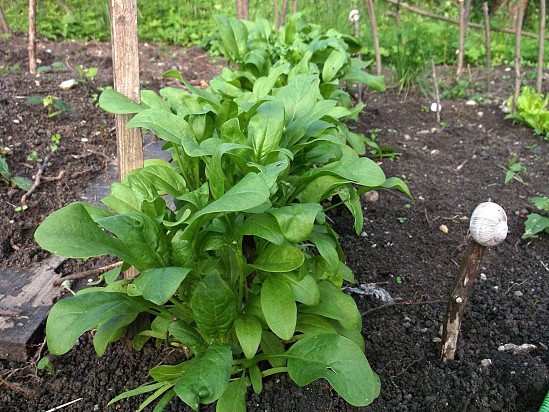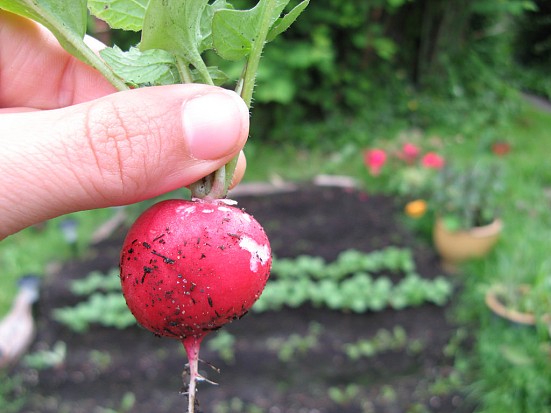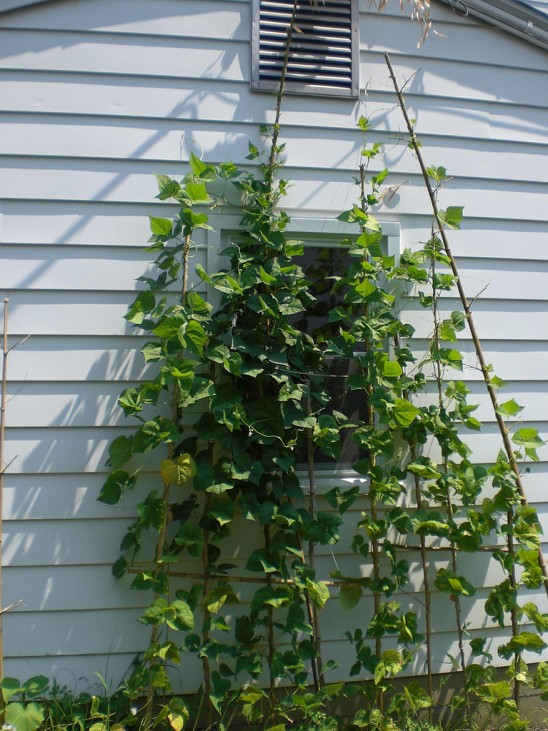Grow Your Own Salad: 5 Easy Vegetables To Plant This Year
What’s the key to spectacular salads? Why, ingredients which are as fresh as springtime, of course. And the ideal way to get those extra-fresh vegetables is to grow your very own in your backyard or balcony garden (not mention that it’s cheaper, faster, and greener than making runs to the grocery store all season). Find out the facts on how to plant and harvest 5 basic salad vegetables.
Lettuce
Lettuce is considered the backbone of a salad by many folks. Good thing it’s also super easy to grow, whether in the garden bed or your choice of container; in fact, it’s a good first gardening project for children. Experiment with different varieties just for fun; some seed packets offer you a readymade mixture. Six weeks before the last frost is expected, start your lettuce from seed under lights indoors, then transplant to the garden 3 weeks after they sprout. Or sow directly 2 weeks before the latest frost. In either case, simply broadcast seeds onto the soil. Lettuce thrives in moist soil and coolish conditions. TIP: Gather lettuce in the morning hours when it’s at its plumpest, freshest best.
Spinach
Spinach makes a fantastic salad component, with its dark green leaves, earthy taste, and generous helping of nutrients. Get an early start on your gardening; plant this easy-to-grow cool-weather crop 6 weeks before the last projected frost date for your region (it will do very nicely planted in autumn, as well), out in your garden, protected by a cold frame. Loosen the soil beforehand and mix in some nice rich compost. Spinach seeds should be planted at a depth of ½ inch. Look forward to picking your first crop about 6 weeks after sowing.
Radishes
There’s nothing quite like radishes to spice up your salad with their peppery bite. Plant radish seeds 2 weeks before the latest average date for frost. They can go directly into the vegetable garden, at a depth of ½ to 1 inch. While radish plants do best in cool weather – and can be planted late into the fall – they also prefer partial to direct sun. these crunchy veggies will be ready to eat quickly, in as little as 3 weeks. To avoid an unpleasantly spongy mouthfeel, pull radishes promptly when they have grown a bit bigger than large grapes.
Tomatoes
Tomatoes add contrasting color, flavor, and texture to your salad and are the perfect plant for the non-green-thumbed. Just pick up a bunch of seedlings at your local nursery -- organic, if at all possible -- after the last frost of the spring, choose the sunniest spot you have available in your yard, and plant your tomato babies deep in the soil to encourage the formation of a strong, healthy root system. Some experts recommend covering as much as 2/3 of the stem with earth. Besides plenty of sun and regular watering, tomato plants will appreciate some form of support, such as stakes or cages, as they grow bigger and bigger.
Green Beans
Green beans are a gardener’s best friend because they grow fast and hardy … and a salad lover’s pal when hey are served cold, lightly steamed and marinated in a simple French dressing. Once the danger of frost has passed, choose a sunny, well-drained area and sow seeds 1-2 inches deep. Pole beans will need support, such as a trellis, which should be installed before planting. Expect to start harvesting your crop in about 50 days for bush beans, or 60 days for pole beans. Because green beans freeze well (blanch briefly before storing in an airtight container), you can enjoy them in your salad year round.
Laura Firszt writes for networx.com.
Looking for a Pro? Call us (866) 441-6648

Average Costs
Related Experiences

Concrete Patio Is The Finishing Touch For An Artist's Studio

Don’t Be A Goober – Hire Qualified Pros For Safe Tree Removal








